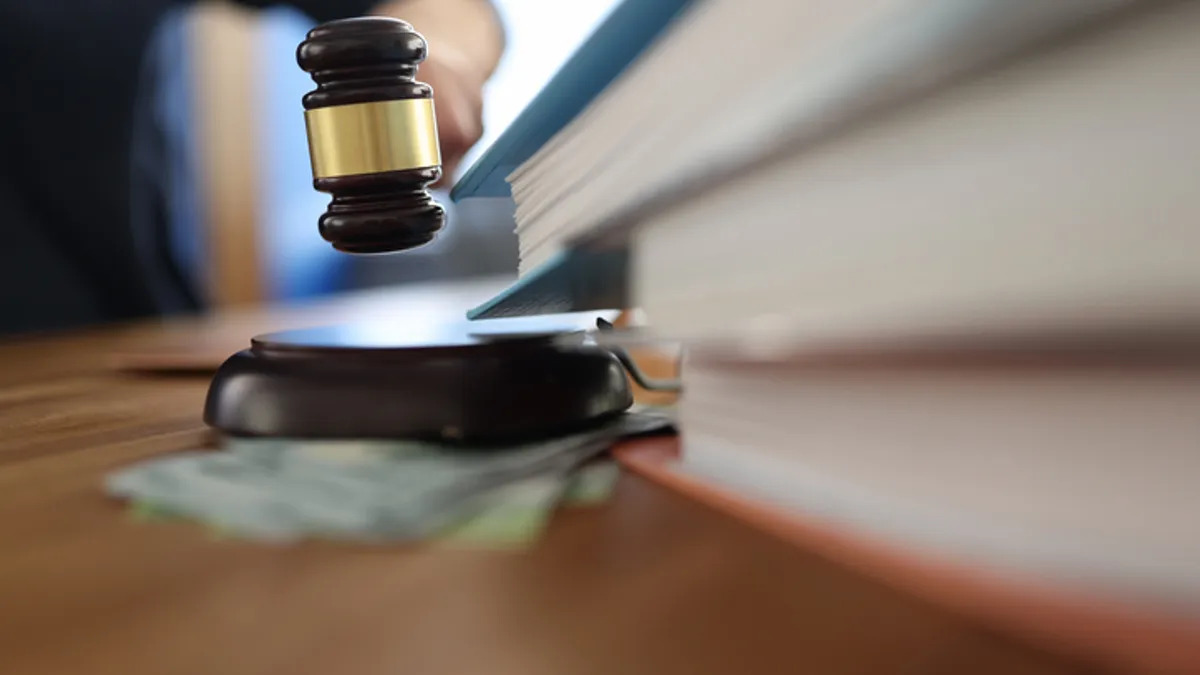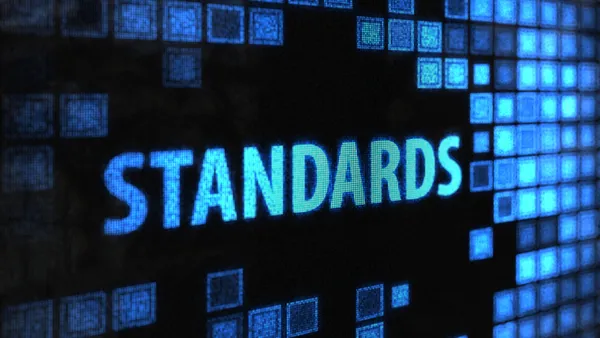Dive Brief:
- Brandon Monk of the Monk Law Firm in Beaumont, Texas, must pay a $2,000 fine and attend a class on the use of AI in legal work for including citations to two nonexistent cases in a filing he submitted in federal court in the eastern district of Texas. His filing also included quotations from the citations that couldn’t be verified.
- “Monk submitted the response [to defense counsel’s motion for summary judgment] without reading the cases cited, or even confirming the existence or validity of the cases,” District Judge Marcia Crone said in her November 25 ruling. “In fact, it is unclear what legal research, if any, Monk completed before filing the response. Furthermore, after [opposing counsel] identified the nonexistent legal authorities contained in the response, Monk took no action to verify his research [and] he failed to withdraw or otherwise address these issues.”
- Inclusion of fake citations in filings has become a concern since a New York lawyer in 2023 submitted the first recognized instance of an AI tool generating citations to nonexistent cases in a personal injury lawsuit. Since then there have been other instances of fake cases being cited, including by former Donald Trump attorney Michael Cohen. Court systems at the national, state and local levels have responded by amending their rules to outline the kind of due diligence lawyers are expected to conduct when working with AI and also what sanctions they face for violations.
Dive Insight:
In Monk’s case, the attorney was filing a reply to a motion to dismiss on behalf of the plaintiff in a wrongful termination lawsuit against Goodyear Tire & Rubber. Defendants' counsel discovered the problem when they tried to research the cited cases, according to the ruling.
Opposing counsel had to spend “additional time searching for the cases cited by Monk, researching their legal theory of the case, and drafting the reply brief,” the judge said. “According to counsel for Goodyear, the cost of drafting its reply brief was $7,521.26.”
The judge called out Monk for waiting until the court intervened to go back over his work rather than after opposing counsel discovered the problem. “Despite Goodyear raising the issues with the citations in the response in its reply brief, it was not until after the court's show cause order that he attempted to locate the cases and verify their content,” the judge said.
Monk told the court he used a generative artificial intelligence tool to produce the response and failed to verify the content. “Monk … recounted that he attempted to check the content of the response by using a feature” of the software, the judge said, but it “failed to flag the issues.”
The judge said the false citations are a violation of rule 11(b) under the Federal Rules of Civil Procedure and of local rules of the Eastern District.
Rule 11 requires attorneys to confirm the existence and validity of the legal authorities they’re relying on, and the local district rules require attorneys to verify that computer-generated content complies with their duty to exercise candor, diligence, and utmost respect to the judiciary.
Monk didn’t immediately respond to Legal Dive’s request for comment.











